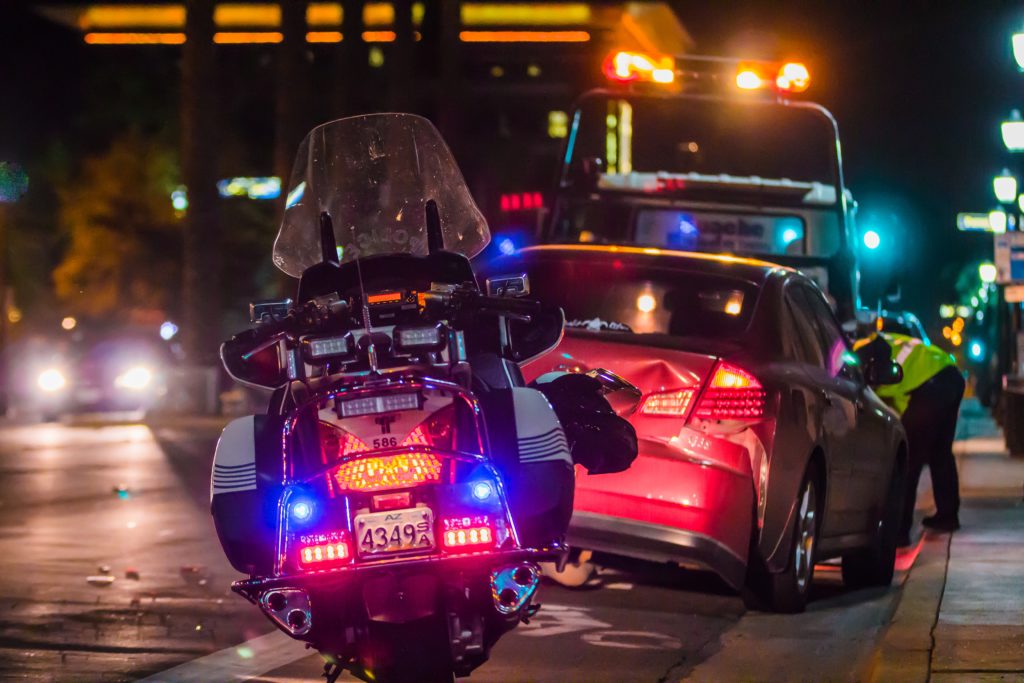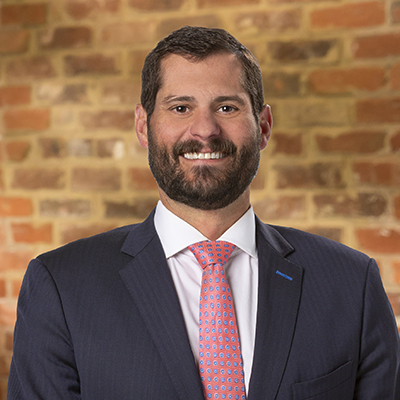Being in a collision is terrifying, but it is even more alarming when the other driver flees the scene. Many people have no idea what to do in that situation, or who is responsible to help them put their lives back together.
In Virginia, a driver involved in a crash that injures anyone or causes property damage to an attended vehicle must immediately stop as close to the scene as possible without obstructing traffic. The failure to do so is commonly called a “hit-and-run.” In order to comply with the law, the driver involved in a collision must provide a name, address, driver’s license number, and vehicle registration number to the police and to the other people involved in the crash. The driver is also obligated to render aid to anyone injured in the collision. A driver who violates these duties can be convicted of a felony.

You are still entitled to compensation for your injuries and property damage, even if the other driver is never found.
Between 2006 and 2016, there was an average of 682,000 hit-and-run crashes per year in the United States, which equates to more than one hit-and-run crash every minute. Startlingly, hit-and-run deaths increased an average of 7.2 percent every year between 2009 and 2016. This alarming trend in the wrong direction has likely continued with the ever-increasing prevalence of electronic driver distractions.
Steps to Take After a Hit-and-Run
There are a few steps you can take when you have been struck by a fleeing motorist:
- Try to remain calm;
- If it is safe to do so, take a picture of the other vehicle or write down the license plate number;
- If you saw the other driver, write down a description while it is fresh in your mind;
- Do not chase the other driver – this can result in dangerous escalation of the other driver’s response;
- Determine your location with street names or landmarks;
- Take note of the other driver’s direction of travel;
- Call the police to report the incident;
- Once you have made a report to police and have been medically evaluated, notify your own auto insurance of the event (even if you were a pedestrian).
Filing a Claim Against “John Doe”
You are still entitled to compensation for your injuries and property damage, even if the other driver is never found. Instead of bringing a claim against the other driver’s auto insurance, the victim of a hit-and-run collision must open a claim with his or her own auto insurance. This is called an “uninsured motorist claim” because the law assumes that an unknown driver has no auto insurance. Making an uninsured motorist claim should not result in increased insurance rates. In fact, the unknown driver is still financially responsible, because if the hit-and-run driver is ever found, the insurance company can sue that driver for any money paid to the victim for the claim.
In a crash in which the unknown driver does not make physical contact with the injured person or with any vehicle involved in the collision, as happens when a truck merges toward a passenger vehicle and runs it off the road, the victim must promptly notify the police or their own insurance company of the incident in order to protect his or her right to uninsured motorist insurance coverage (See Va. Code § 38.2.-2206(D).
Sometimes a lawsuit is required to get full and fair compensation for a personal injury claim, even in cases where the other driver is unknown. Under Virginia law, there is a mechanism to bring this kind of case by giving the unknown driver a pseudonym – “John Doe” (See Va. Code § 38.2-2206(E). Once the lawsuit is filed against John Doe, the auto insurance company will assign an attorney to defend John Doe, but in reality, the attorney will actually defend the insurance company’s financial interests. To the extent that a trial is necessary, the defense attorney would sit next to an empty chair and appear to represent a mysterious unknown client. Despite this awkward construct, the jury is never told that the defense attorney actually represents an insurance company. Ultimately, the verdict entered against John Doe would be paid by the victim’s own auto insurance up to the limits of available coverage.
If you are injured in a hit-and-run accident, know that you still have rights. It’s important to seek legal counsel as soon as possible to make ensure you do not waive any claims you may have to compensation for your injuries. The attorneys at Allen & Allen have more than 600 years of combined experience in personal injury claims. If you have been injured, give us a call or fill out our contact form.


